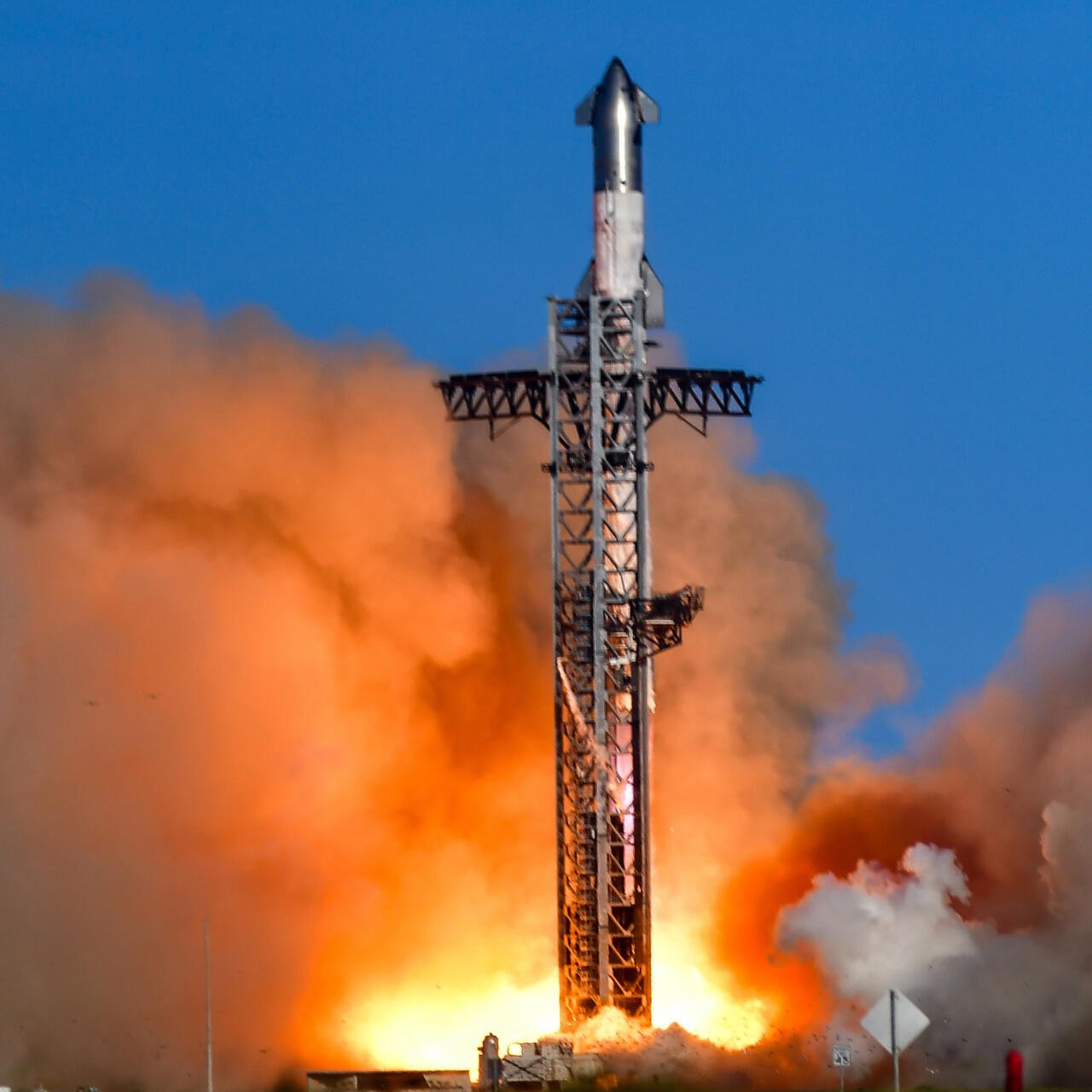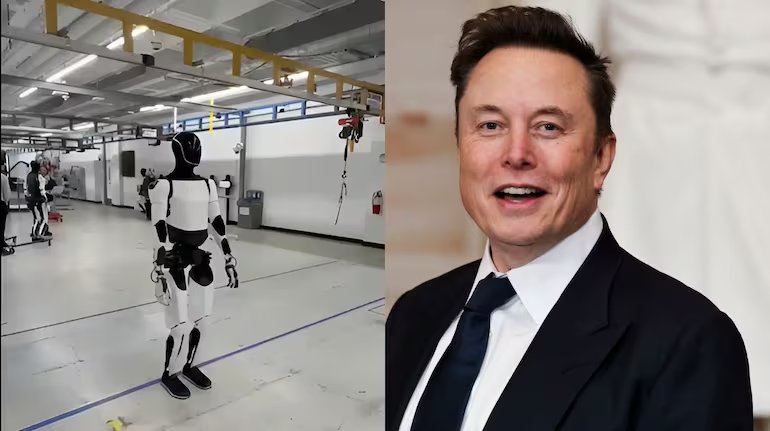In a bold move toward the future of space exploration, SpaceX CEO Elon Musk has revealed plans to launch the Starship rocket to Mars by the end of 2026. This groundbreaking mission will carry a Tesla humanoid robot, Optimus, as a precursor to human missions, marking the beginning of what could be humanity’s first steps toward colonizing the Red Planet.
Musk’s ambitious goal is to establish a self-sustaining human presence on Mars, and the launch of the Starship is considered a critical milestone in that process. While the timeline for human landings is set to begin as early as 2029, experts believe 2031 is a more likely target. Regardless of the exact timing, the mission represents a monumental leap in space travel and exploration.

### Starship: A Game-Changer for Mars Exploration
The Starship rocket, which is currently under development by SpaceX, is designed specifically for missions to Mars and beyond. Unlike previous rockets, Starship is intended to be a fully reusable spacecraft, capable of carrying both cargo and crew. Its impressive design, which includes a powerful booster system and a massive payload capacity, aims to make deep-space travel more affordable and sustainable.
Musk envisions Starship as the vehicle that will ultimately carry humans to Mars, paving the way for the establishment of a permanent human settlement on the planet. This ambitious vision is in line with Musk’s long-term goal of making humanity a multi-planetary species.
However, while the Starship is designed for missions to Mars, it could also be used for lunar missions, space station resupply, and potentially even interplanetary travel. The spacecraft is equipped with the latest technology, including a heat shield to protect it during re-entry into the Earth’s atmosphere, and is designed to carry hundreds of passengers on extended missions.
### Tesla’s Optimus Robot: Preparing for Human Missions
One of the most intriguing aspects of Musk’s Mars plan is the inclusion of Tesla’s humanoid robot, Optimus, on the Starship mission. Optimus, which is still under development by Tesla, is a humanoid robot designed to assist with tasks that are difficult or dangerous for humans to perform, especially in space environments. Its inclusion on the mission to Mars will serve as a test run for the types of robotic support systems that will be necessary for human colonization.
Optimus will be tasked with a variety of responsibilities during the mission, including equipment maintenance, scientific research, and potentially even assisting astronauts in routine tasks. Musk sees Optimus as a crucial part of the Mars mission, as the robot’s abilities could help reduce the workload on human astronauts and improve the overall efficiency of missions.
While Optimus is still undergoing testing, its potential for both space exploration and terrestrial applications is immense. The development of such robots could revolutionize industries, from space exploration to healthcare, by providing assistance in dangerous or labor-intensive tasks.

### Timeline for Human Landings: 2029 or 2031?
While Musk is confident that Starship will be ready for Mars by the end of 2026, the timeline for human landings is more fluid. According to Musk, if the initial Starship landings with the Optimus robot go smoothly, human landings on Mars could begin as soon as 2029. However, experts in the space industry believe that 2031 is a more realistic timeline, taking into account the technical challenges and the need for extensive testing and preparation.
The development of both the Starship rocket and the Optimus robot are ongoing, with prototypes currently undergoing rigorous testing. Musk has already experienced delays in the past with SpaceX’s ambitious projects, and it’s important to note that previous timelines for Mars missions have been adjusted multiple times. Nevertheless, the progress being made with Starship’s design and testing is promising, and the project continues to move forward at an accelerated pace.
### The Bigger Picture: Establishing a Self-Sustaining Presence on Mars
Musk’s ultimate vision for Mars goes far beyond the first landings. His goal is to establish a self-sustaining colony on the Red Planet, one that can survive without constant support from Earth. To achieve this, SpaceX is developing not only the Starship rocket but also the infrastructure required to sustain human life on Mars.
This includes technologies for producing food, water, and oxygen on Mars, as well as solutions for energy production and waste management. Musk believes that by creating a self-sustaining colony, humanity will be able to thrive on Mars and act as a backup for civilization in case of a catastrophe on Earth.
In addition to the technical challenges of establishing a permanent presence on Mars, there are also significant social, political, and ethical considerations. The establishment of a human colony on another planet would raise questions about governance, resource allocation, and the potential for interaction with any extraterrestrial life forms.

### The Road Ahead
As exciting as the prospect of Mars colonization is, it’s important to acknowledge the immense challenges that lie ahead. The development of Starship and Optimus is still ongoing, and while progress is being made, there are likely to be setbacks along the way. Musk’s timeline for Mars missions may change, but the fact that SpaceX is moving forward with such an ambitious goal is a testament to Musk’s vision and determination.
For now, the space community will continue to watch closely as SpaceX tests and refines its technologies, and as Tesla’s Optimus robot inches closer to becoming a reality. If the initial Starship missions proceed successfully, the dream of human landings on Mars could soon become a reality, with the potential to change the course of human history.
###
Elon Musk’s announcement to launch the Starship rocket to Mars by the end of 2026, carrying Tesla’s humanoid robot Optimus as a precursor to human missions, marks a bold and exciting step toward making humanity a multi-planetary species. While timelines for human landings remain uncertain, the continued development of Starship and Optimus offers hope for a future where humans can live and thrive on Mars. As Musk pushes the boundaries of space exploration, the vision of a self-sustaining human presence on Mars becomes ever more tangible.
